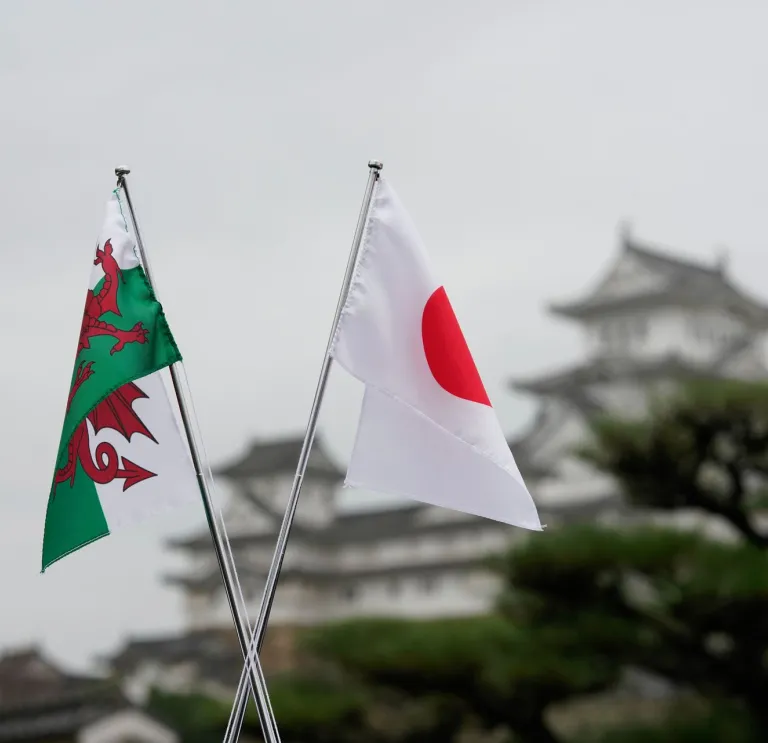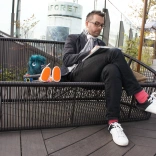A commitment to saving lives
Despite the thousands of miles separating them, Japanese communities still recovering from the 2011 tsunami are forever connected to the students of UWC Atlantic College, a small international school housed in a 12th-century castle on South Wales’ coast. After the tsunami, Robin Jenkins, a UWC Atlantic alumnus and RNLI volunteer, visited the village of Nebama and discovered that, despite Japan's rich maritime culture, there was no volunteer lifeboat service, inspiring him to create a "lifeboat in a box"—a fully operational lifeboat station within a shipping container.
With the support of UWC Atlantic students, a prototype was built and in 2016, Robin alongside students, delivered it to Nebama, spending a month training locals to become lifeboat crews.
Named Wales Go! by the community, the lifeboat became a symbol of resilience. The collaboration marked the beginning of Atlantic Pacific, an organisation that has since trained over 1,000 people globally in sea rescue.
Inspiring Studio Ghibli
You may not know that renowned Japanese animator and founder of Studio Ghibli, Hayao Miyazaki, drew inspiration from the South Wales Valleys for the studio’s debut film release, Laputa: Castle in the Sky. Miyazaki travelled to Wales twice and based a number of the film’s landscapes on the mining towns he visited. The design of Laputa castle itself was inspired by three medieval constructions: Caerphilly Castle, Caernarfon Castle, and Powis Castle.
During his trip, Miyazaki also witnessed the aftermath of the 1980s coal miners' strike and was moved by the struggles of the Welsh miners fighting to protect their livelihoods – a theme reflected in Castle in the Sky. That’s not the studio’s only Welsh link, however. The fantasy novel that Ghibli’s 2004 classic, Howl’s Moving Castle, is based upon, is partly set in Wales, and its protagonist, Howl, is Welsh. He even briefly speaks Welsh within the English language version of the film – a rare instance of Welsh being heard in an anime!
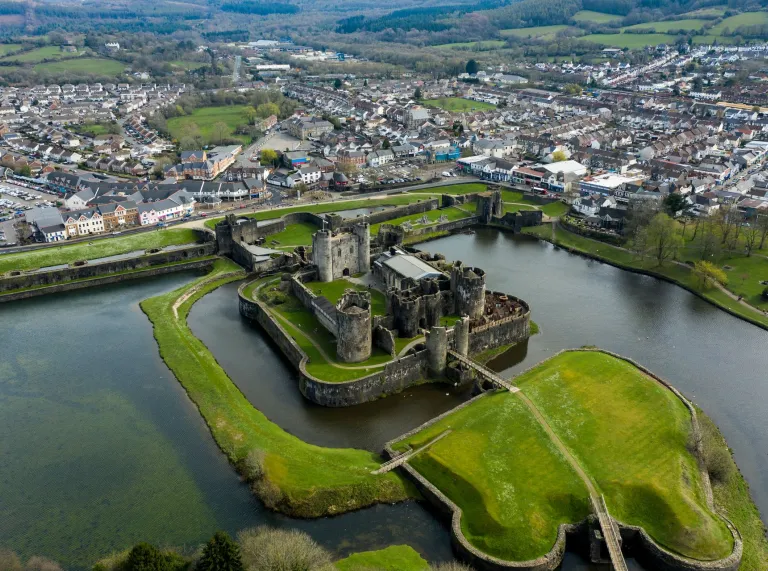
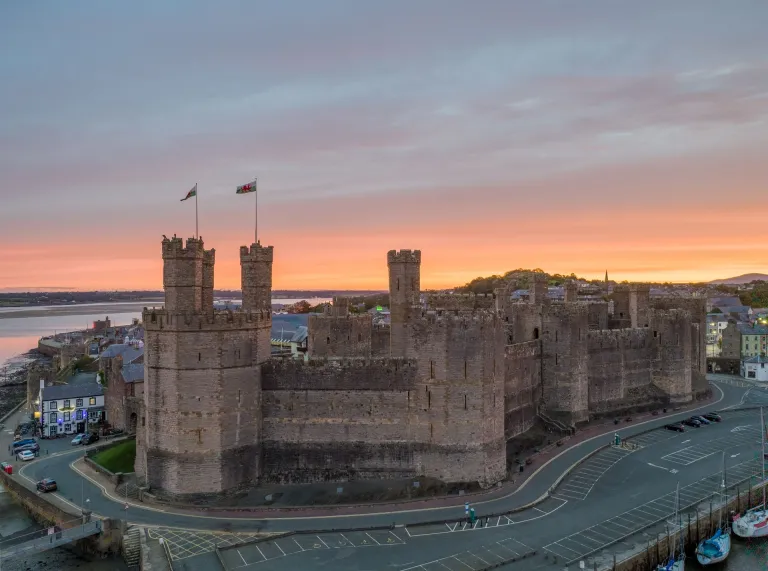
A passion for rugby
Wales has long had a love for rugby, which remains a significant part of Welsh culture, but the sport has also grown in popularity in Japan over the years. It was while watching the Welsh team play against Japan in 1975 that Koji Tokumasu, President of Asia Rugby and driving force behind Japan hosting the 2019 World Cup, initially fell in love with the game, sparking a shared passion between both nations.
Since then, a number of successors of that 70s Welsh team have made their home in Japan, including Wales’ record try scorer Shane Williams who spent the final years of his career playing with the Mitsubishi Sagamihara Dynaboars. Japanese teams have also welcomed other Welsh stars like Liam Williams, Gareth Anscombe and Jake Ball.
During the World Cup in Japan, Wales received plenty of support from the Japanese public, with 15,000 Japanese fans packing into Kitakyushu stadium just to watch the Wales team train – even singing a rendition of the Welsh national anthem.
Twinned castles
In 2019, the twinning of Conwy Castle in north Wales and Himeji Castle in Hyogo, Japan, was dubbed the “beginning of a beautiful friendship” by Himeji mayor, Hideyasu Kiyomoto. The two locations were the first ever UNESCO World Heritage Sites to be twinned, marking the start of a monumental relationship and an opportunity to celebrate everything the regions have in common.
Both Conwy and Himeji stand as some of the most well-preserved examples of traditional castles in their respective countries, known for showcasing the unique architectural styles of their home cultures. The iconic stone walls and reaching towers of Conwy Castle reflect those seen in castles throughout Wales, while the wooden structures and distinctive roofs of Himeji Castle make it instantly recognisable as a Japanese landmark.
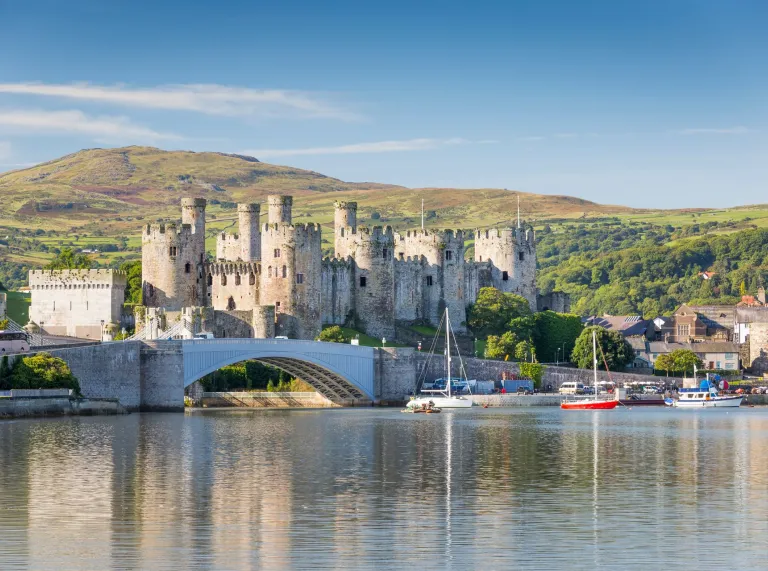
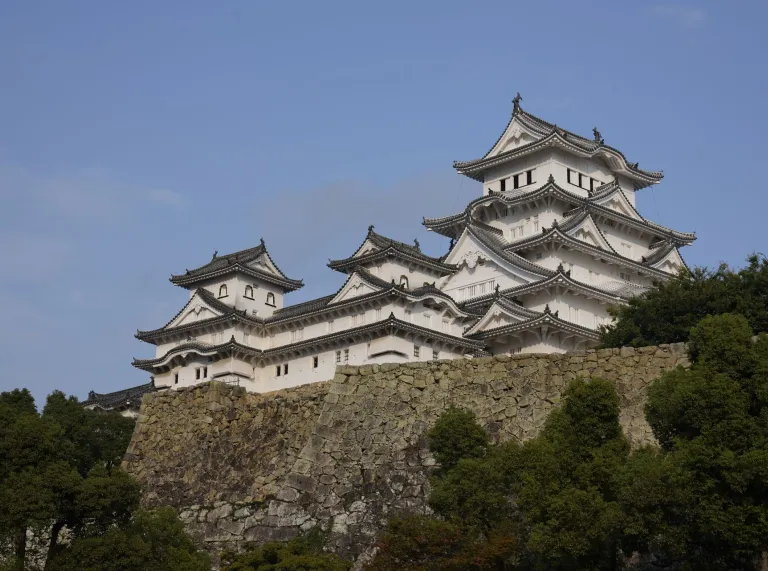
A mutual love of creativity
Numerous Welsh artists have drawn inspiration from Japanese culture and worked or exhibited in Japan (and vice versa) leading to collaborations between creatives from both nations.
Famous Japanese artist, Keiichi Tanaami, a leading name at the forefront of New York’s psychedelic 70s cultural revolution, saw his prolific creations result in him working with people all over the globe including Welsh band, Super Furry Animals, who have also performed in Japan to adoring crowds. The band’s love for Tanaami’s work led them to hunt him down in Japan and he subsequently designed the cover for their 2007 album, Hey Venus.
Elsewhere, another creative collaboration occurred when a mysterious black container appeared in Cardiff last October, transporting visitors from one capital to another. Under Neon Loneliness, an art project by Welsh multidisciplinary artist Mark James, was inspired by his memories of Tokyo’s bright lights.
